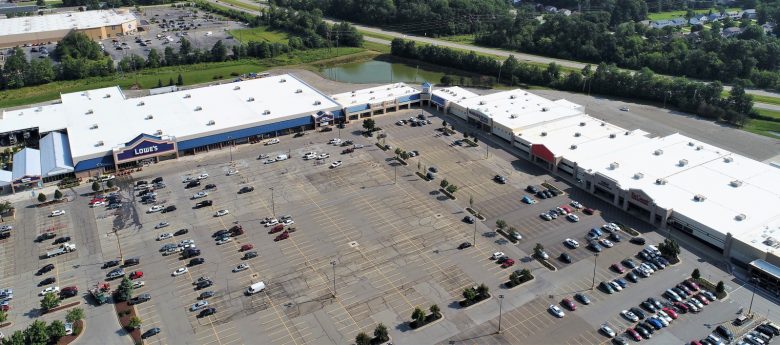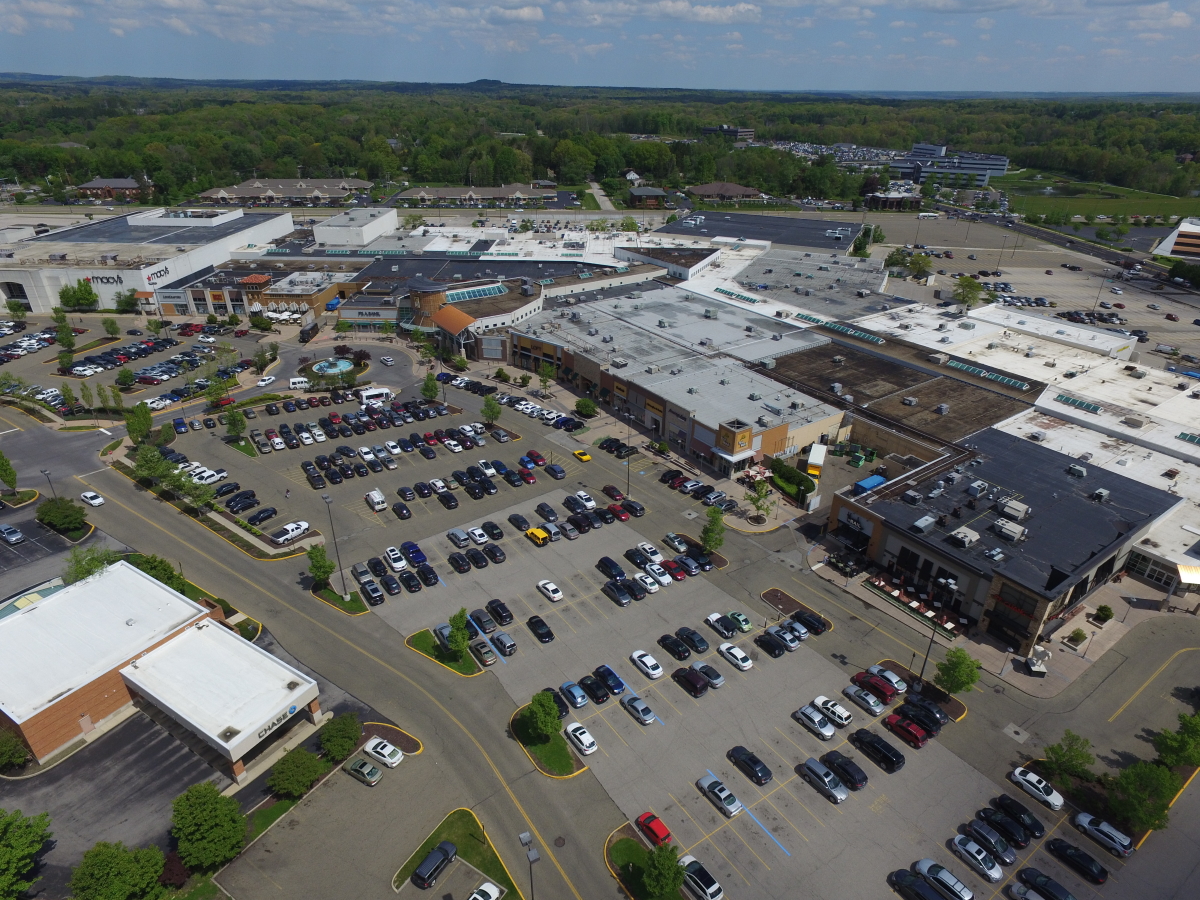Preventative Maintenance of Commercial Roofs

When tasked with maintaining facilities, it can feel like a game of whack-a-mole. As one task is completed, another matter pops up with urgency. But as day to day issues are handled, an essential part of the building is often overlooked…the roof.
Roofs left unchecked can cause a variety of problems, yet for some reason they are often ignored. Budget concerns are the most prevalent reason and often as weighty as the roof hanging over our heads. But the long-term cost of the roof can be dramatically lowered with preventative maintenance.
Preventative maintenance is the key to both a healthy roof and a stable budget. The goal is to stop problems before they start, therefore avoiding costly repairs and replacements. In order to maintain the structural integrity of the roof, a walkover assessment is recommended twice a year, specifically during spring and fall, to protect the structure from harsh conditions.
In the spring, it is essential to check the roof and monitor how it fared over the winter. Snow, ice, freeze and thaw can cause an over-stressed roof to leak, creak or sag. While in the fall, the objective is to clear all drains of leaves and debris to allow water flow. A repercussion from the blazing summer is that heat vents commonly detach from the hinges and allow water into the structure. A thorough examination needs to be done to find all issues that could potentially worsen once the winter temperatures set in.
Many people believe a new roof does not need to be maintained, however this is a myth. Imagine holding that perspective about a new car being driven off the lot. Vehicles receive service every few thousand miles in order to keep them running. Maintaining a roof is similar. Even though the roof is out of sight and out of mind, it is being used every single day.
The best way to prolong the life of the roof is to put a preventative maintenance plan in place right away. Manufacturers may also give incentives for properly maintaining the roof, including extending the life of the warranty for up to 10 years. Even though it feels like a new roof may have just been installed, the fact is that oftentimes years can go by without anyone checking it for irregularities. This can create a severe problem if the building has a flat roof, which demands that water must be removed from the surface as soon as possible. Unlike residential homes with pitched roofs, on flat, commercial roofs, the water does not shed off freely, causing the liquid to pond and leak into the building. It is also important to get a visual of the area to determine if there are any open laps, punctures or water damage.

Two of the biggest mistakes a facility manager can make are neglect and trying to maintain a roof using general maintenance staff. In theory, it makes sense to just walk along the roof and look for any fixes, but a roofing specialist has been trained to spot intricate problems that have yet to happen. For example, if there are any punctures or holes on the roof, some may be too small for a non-roofing professional to notice and will not get patched to prevent water from entering. Caulking details around penetrations, deterioration, clogged roof drains, end laps, edge metal details and strainers over the top of drains are just a few more examples of problems that often go unnoticed. Roofing professionals are also equipped to give diagnostic recommendations that could benefit the integrity of the building and impact other areas. For example, restaurants that regularly cook with grease require installation of grease containment units, specific exhaust fans and ventilators to prevent the oil from reaching the roof membrane.
Facility managers also need to realize the number of workers that can be on the roof at any given time for repairs of air conditioning, heating, satellite, gutter and grease cleaning and other equipment located on the roof. Many contractors who service commercial buildings may not be thinking about the health of the roof and can often cause unintentional damage. It is highly recommended to have a path laid out on the roof for workers to tread on while they service the property. Also, it is suggested to have anyone who steps foot on the roof to be required to sign in. This is helpful in order to catch carelessness and stop any issues before they get worse.
When problems are caught before irreversible damage sets in, the cost factor is dramatically decreased in the long term. It is often the case that a large fix is beyond the budget constraints of the manager, which makes it critical to identify any issues as fast as possible. It is also vital to remember that any structural damage caused by unaddressed issues on the roof, depending on the weather, age of the roof and current condition, may further compound an already existing problem.
It is also important to recognize that not all roofs are in a good enough condition for preventative maintenance. Some roofs have gone beyond the limits of preventative work and are in more of a “triage” state. In those cases, if a roof replacement is not in the budget it is prudent to look at a more direct scope of work for repairs that will stabilize the roof and extend its life until budgets permit the necessary replacement.
The bottom line is that regular maintenance by a professional is essential to maximizing the life span of not only the roof but also the building thereby protecting your investment. Proactively identifying problems and needed repairs will go a long way to ensure the health of the roof and avoid major complications and costs. A relatively small amount of money spent on preventative maintenance today can save a tremendous amount of time and money tomorrow. As the saying goes, an ounce of prevention is worth a pound of cure.
Steve Smith is Vice President of Legacy Roofing Services. Visit www.legacyroofing.com to learn more.
